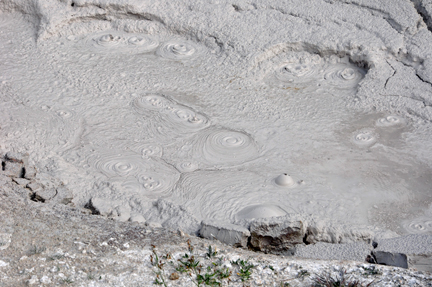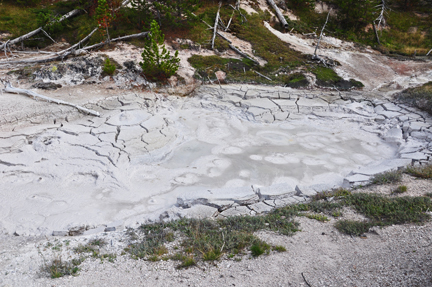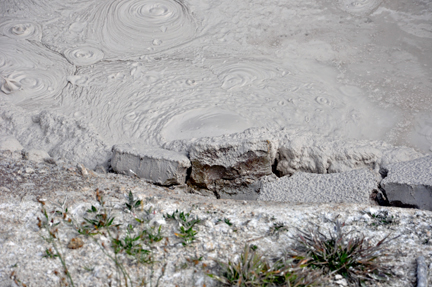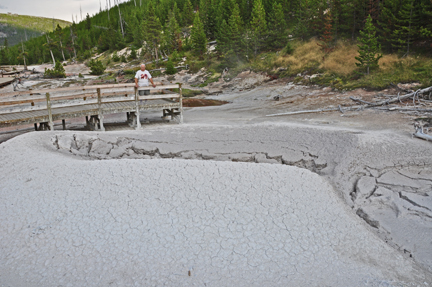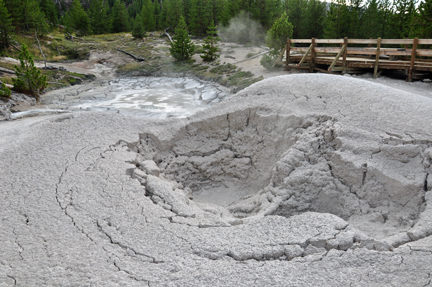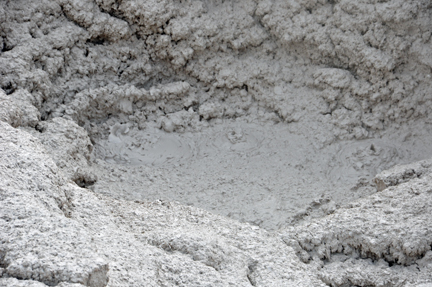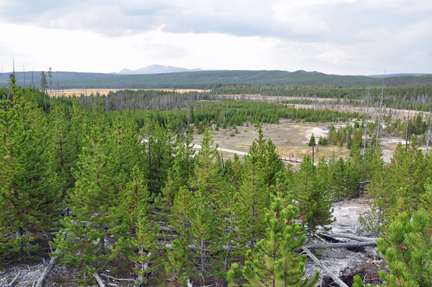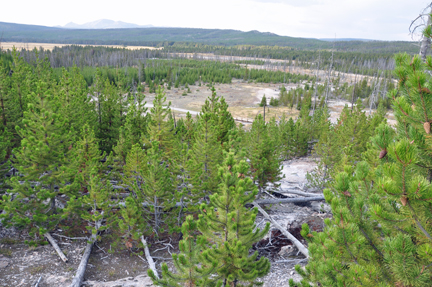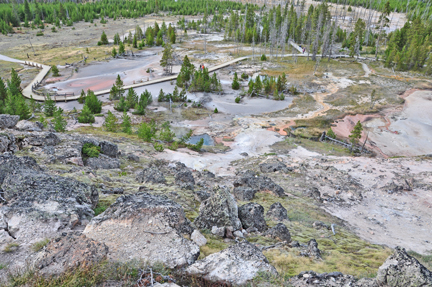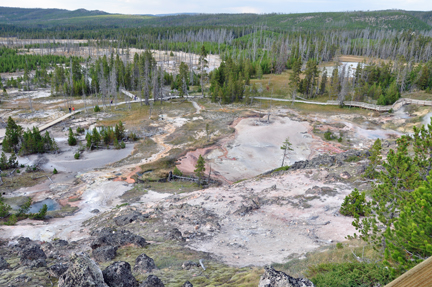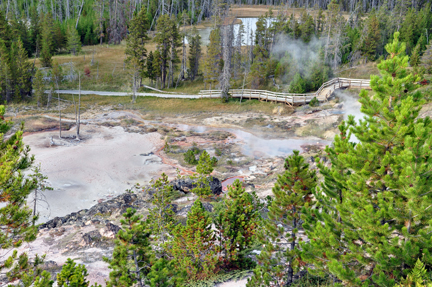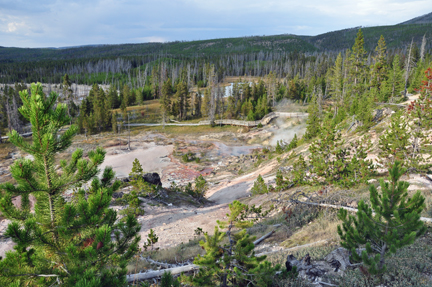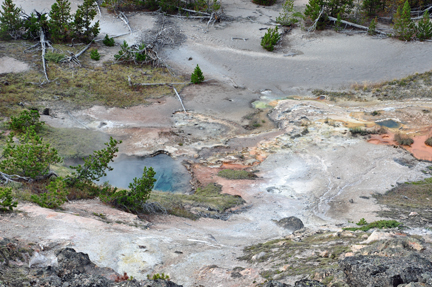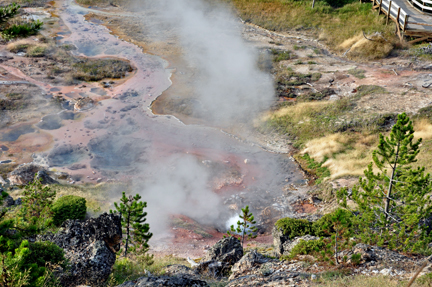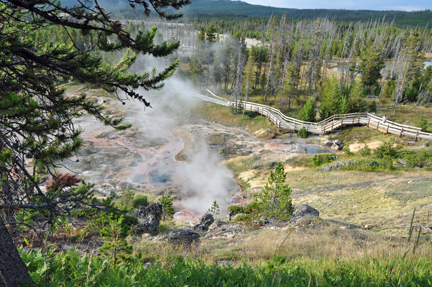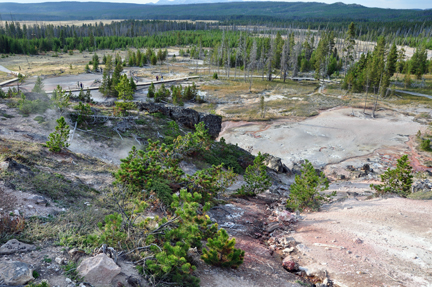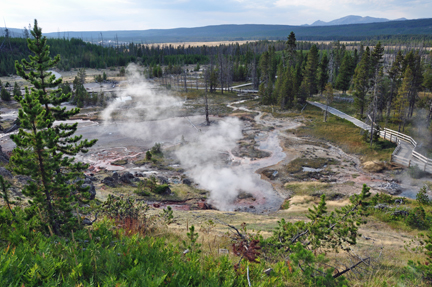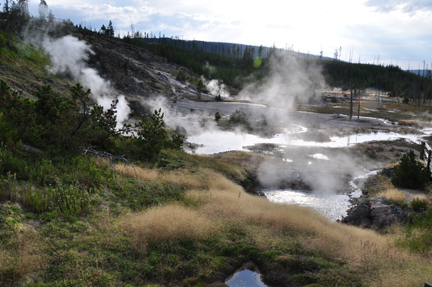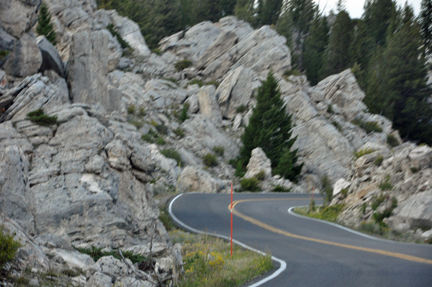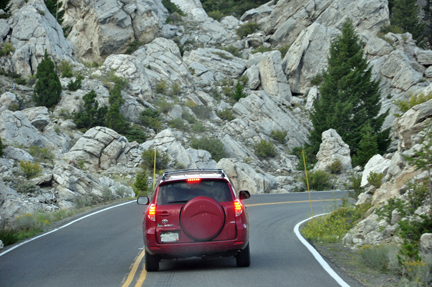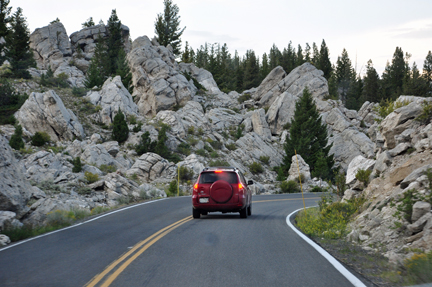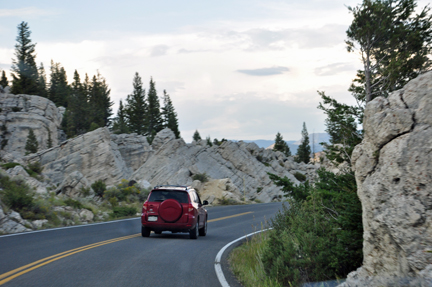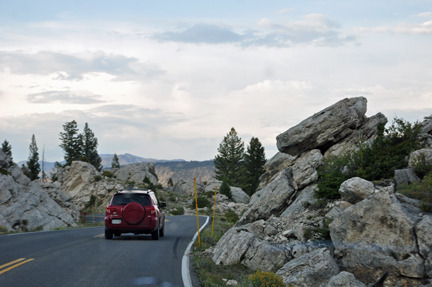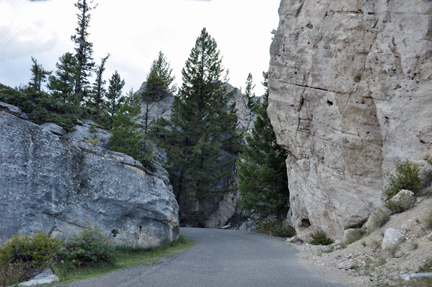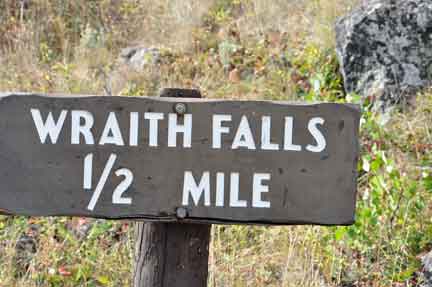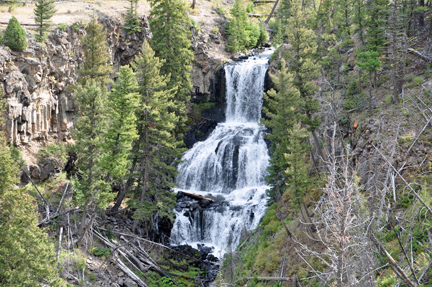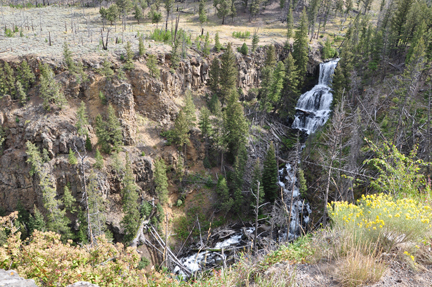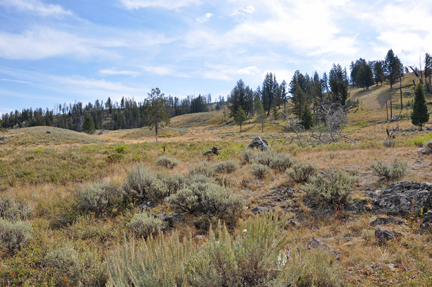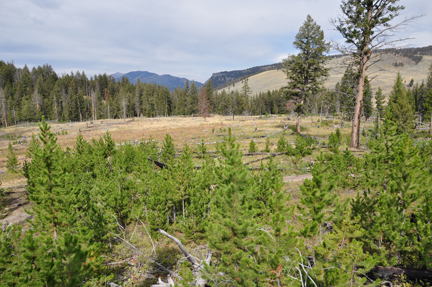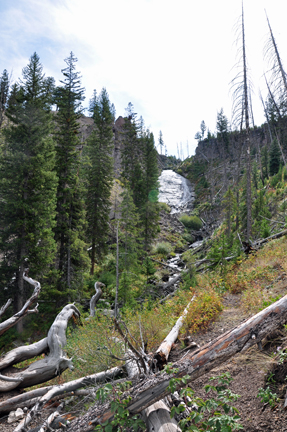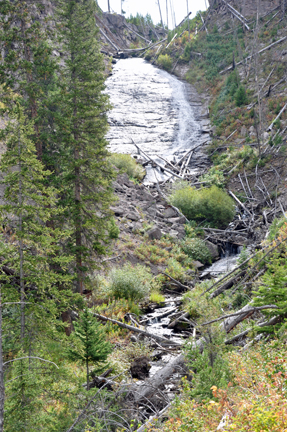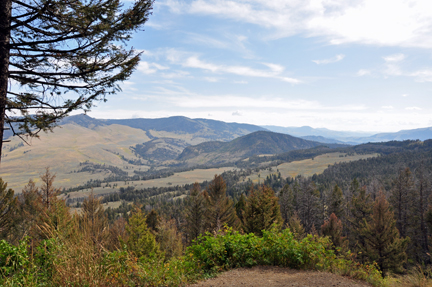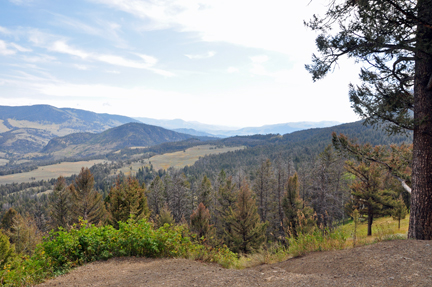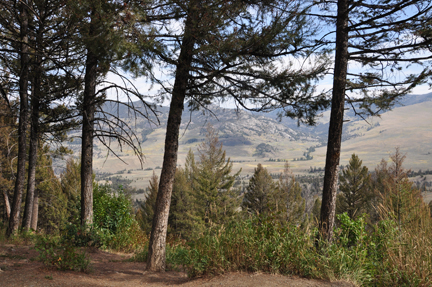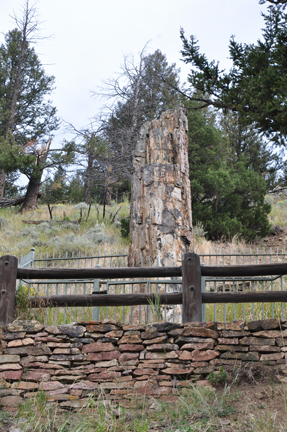 The more popular geysers often overshadow the
mud pots. Although the mud pots may not be as picturesque as the hot springs
and pools, these turbulent pools of hot, muddy water, and bizarre landscapes
are another feature that makes Yellowstone National Park so unique. As you
experience the mud pots and volcanoes, be aware that you are close to one
of the major vents from which lava flowed through the caldera's collapse.
These areas are active and known as resurging domes. They are being monitored
closely for information about future volcanic activity. As you experience
the mud pots, you are certain to smell a distinct odor. The presence of
sulfur in mud pots separates them from Hot Springs. In the form of hydrogen
sulfide gas, sulfur is what creates the infamous odor. The more popular geysers often overshadow the
mud pots. Although the mud pots may not be as picturesque as the hot springs
and pools, these turbulent pools of hot, muddy water, and bizarre landscapes
are another feature that makes Yellowstone National Park so unique. As you
experience the mud pots and volcanoes, be aware that you are close to one
of the major vents from which lava flowed through the caldera's collapse.
These areas are active and known as resurging domes. They are being monitored
closely for information about future volcanic activity. As you experience
the mud pots, you are certain to smell a distinct odor. The presence of
sulfur in mud pots separates them from Hot Springs. In the form of hydrogen
sulfide gas, sulfur is what creates the infamous odor.
|
| |
Below: The two RV Gypsies had to walk up a trail to get to the mud
pots. This is Karen Duquette's favorite area.
|
|
|
 Where hot water is limited and hydrogen sulfide
gas is present (emitting the "rotten egg" smell common to thermal
areas), sulfuric acid is generated. The acid dissolves the surrounding rock
into fine particles of silica and clay that mix with what little water there
is to form the seething and bubbling mud pots. The sights,
sounds, and smells of areas like Artist and Fountain paint pots and Mud
Volcano make these curious features some of the most memorable in the park. Where hot water is limited and hydrogen sulfide
gas is present (emitting the "rotten egg" smell common to thermal
areas), sulfuric acid is generated. The acid dissolves the surrounding rock
into fine particles of silica and clay that mix with what little water there
is to form the seething and bubbling mud pots. The sights,
sounds, and smells of areas like Artist and Fountain paint pots and Mud
Volcano make these curious features some of the most memorable in the park.
|
|
|
|
|
Below: The two RV Gypsies walked to the top of the
trail and looked down at the steam vents .
|
|
|
Below: Looking down at the trail
|
|
|
|
|
|
|
|
|
|
|
Below: Leaving the mud pots,
the two RV Gypsies came to an area in the road that was so different from
the rest of the road area in Yellowstone. In just this short area, big
boulders lined the side of the curvy road and it was quite a beautiful
site to behold. Karen Duquette had to take the photos through the closed
front window of the moving car. |
|
|
|
|
|
|
 Bubbling
Mud Pots and more in Yellowstone
Bubbling
Mud Pots and more in Yellowstone
 Bubbling
Mud Pots and more in Yellowstone
Bubbling
Mud Pots and more in Yellowstone
